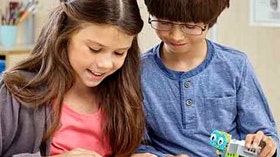Homepage
•
Learning Library
•
Blog
•
Turn coders into computational thinkers
Expand breadcrumbs
Expand breadcrumbs
- Learning Library
- Blog
- Turn coders into computational thinkers
- Homepage
- •
- Learning Library
- •
- Blog
- •
- Turn coders into computational thinkers
Turn coders into computational thinkers
By Jenny Nash
April 1, 2017








